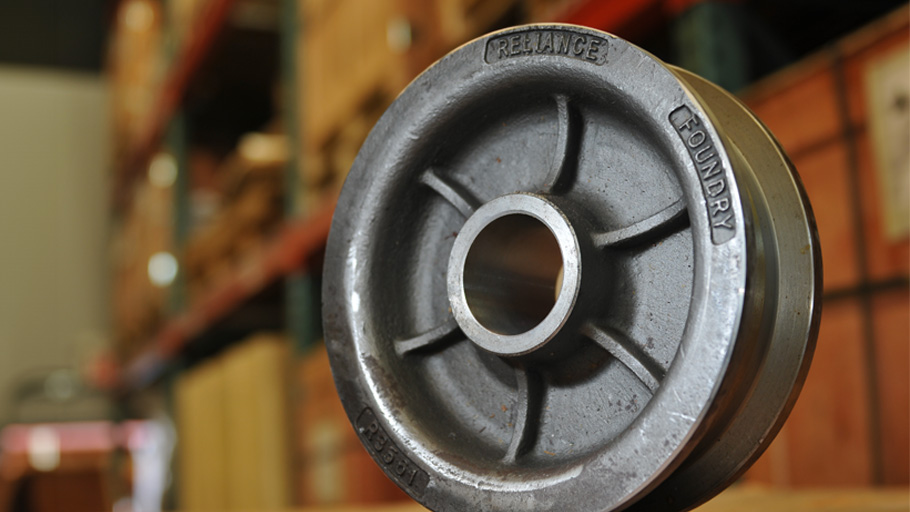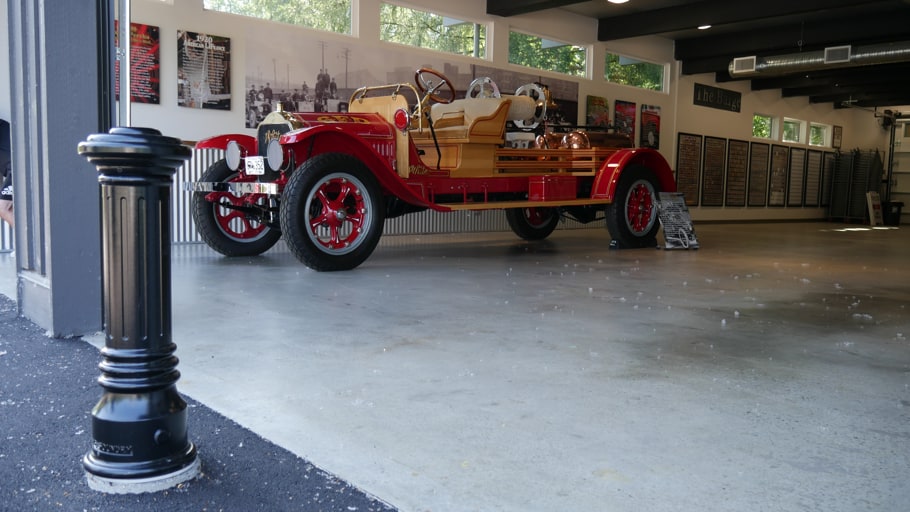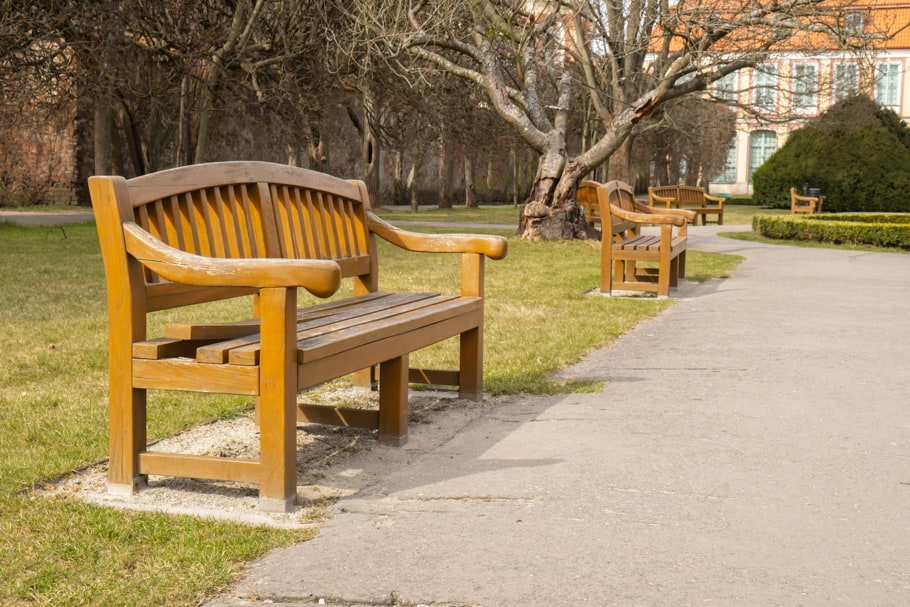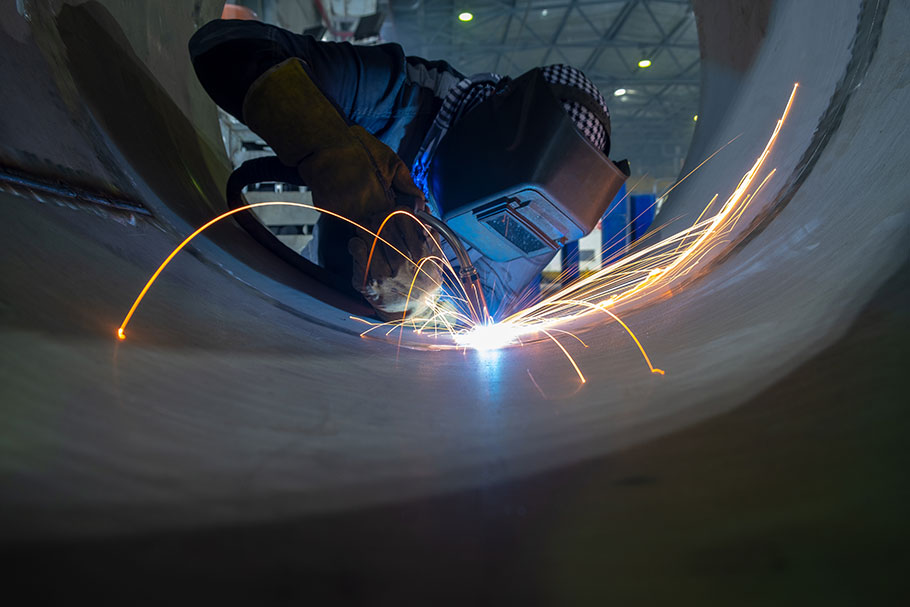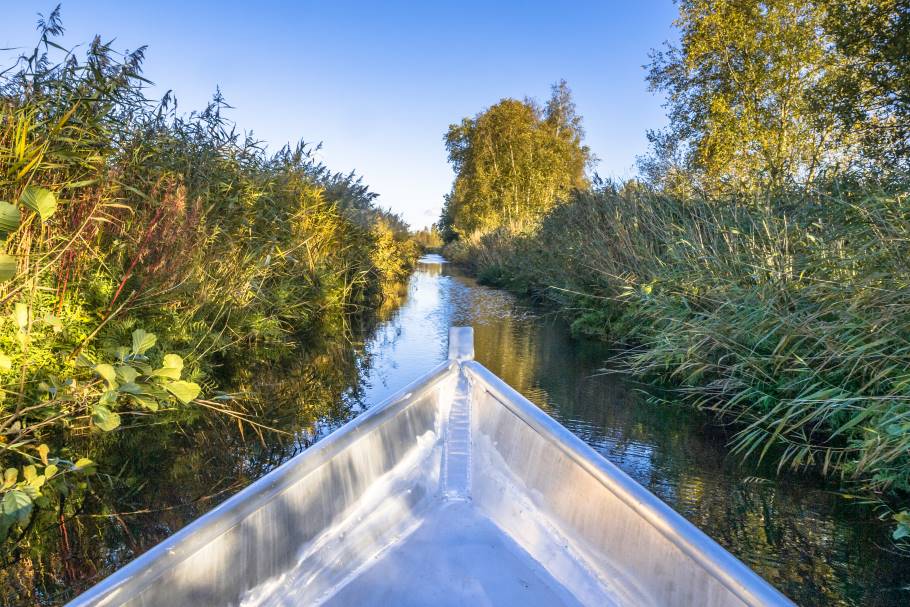How tempering is important for functional steel.
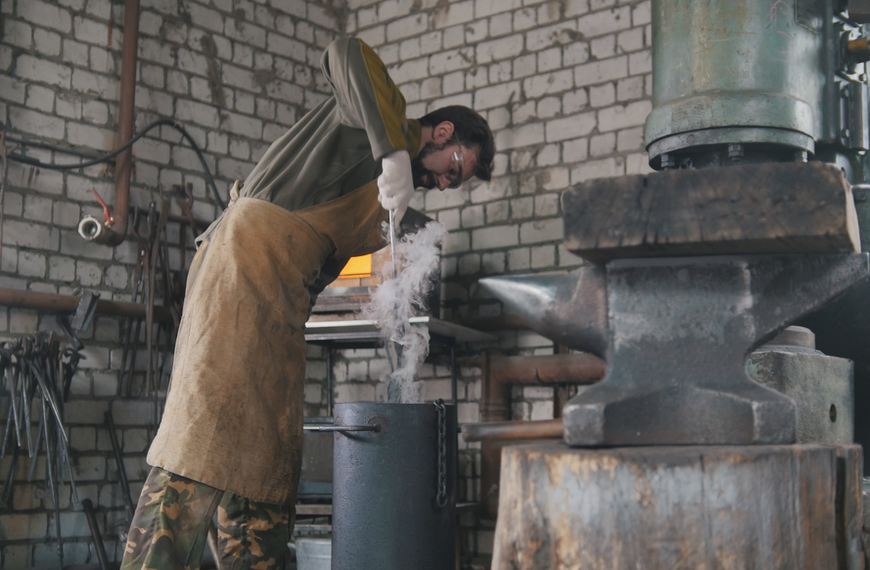
Metal alloys are made of a precise combination of elements, like ingredients in a recipe. The way these elements are put together under heat change the properties of the alloy, just as different cooking techniques change the flavor of foods.
Tempered steel changes the mechanical properties of the metal to make it stronger and more resistant. This makes it a good material for tools, springs, structural steel, and even swords.
Let’s take a look at the basics of tempered steel…and how steel with a temper is more flexible and giving than steel without a temper.
Metallurgy 101
Metallurgy is both the science (as it’s applied to metal production) and technology of metals. It pertains to the chemical makeup of metals and its physical and mechanical attributes.
Here are some common terms you’ll hear surrounding metallurgy and tempering steel:
- Strength: how well the steel will resist permanent deformation or tearing
- Toughness: how well the steel will resist fracture (often as strength increases, toughness will too)
- Hardness: how well the metal will steel scratching or indentation
- Impact Resistance: how well the steel will resist shock loading with minimal deformation (often also known as having high-strength toughness)
- Wear Resistance: how well the steel will withstand erosion, ablation, spalling, and galling (often also referred to as it’s hardness)
- Structural Integrity: how well the steel will withstand a load without fracturing
Steel is a popular material for construction. Steel’s two required elements are iron and carbon, and alloys will also often contain small amounts of other metals. Steel contains less than 2.14% carbon: higher carbon alloys are usually a form of cast iron. Alloys often may contain manganese and trace amounts of silicone, phosphorus, sulphur, and oxygen. Steel is so durable and strong that it can be used for decades or more, then it can be recycled over and over again without losing its properties. Much of new steel production includes amounts of recycled steel.
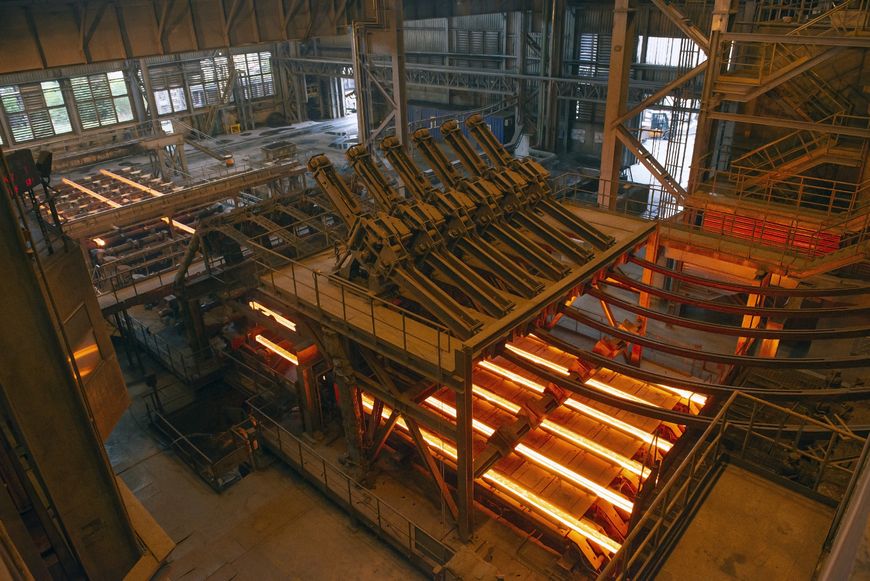
Microstructures of steel
Before we can learn how to change the properties of steel, we must first understand its microstructure. Precise heating and cooling of the steel will change its microstructure:
Ferrite – body-centered cubic (BCC) crystal structure
This is pure iron at room temperature. It can also describe steel with very low carbon count.
Imagine a cube with one molecule at each corner and one in the center of the cube. The molecules are loosely packed and contain less molecules within each cube. At room temperature you can only add 0.006% carbon to the structure.
Austenite – Face-centered cubic (FCC) crystal structure
This form occurs when the iron-based alloys are heated between 1500F and 1800F.
Imagine the cube with a molecule at each corner and a molecule in the center of each side of the cube. These molecules are more tightly packed than ferrite and can contain up to 2% carbon.
Cementite
When carbon steel is heated to the austenite range, then cooled without any alloy present, it transforms back into ferrite form. Cementite forms when the carbon content is greater than 0.006% and the carbon atoms combine with iron to form iron carbide (Fe3C). You’ll never get a piece of metal that’s pure cementite, because some of the material will remain in ferrite form.
Pearlite
Alternate layers of ferrite and cementite will form a new structure called pearlite. This happens when steel is cooled slowly, forming a eutectic mixture (one in which two molten materials crystalize simultaneously). It’s forming ferrite and cementite at the same time, in an alternating pattern.
Martensite – body-centered tetragonal (BCT) crystalline structure
This steel microstructure is formed by cooling the steel very rapidly, which forces the carbon atoms to become trapped into the iron lattice. The result is a very hard, needle-like structure of iron and steel.
These microstructures are important to understand the mechanical properties of steel. Carbon content, alloy concentrations, and finishing methods all contribute to the microstructure of the steel. Once you know this, you can learn how to manipulate its properties through precise heat treatments like tempering steel.
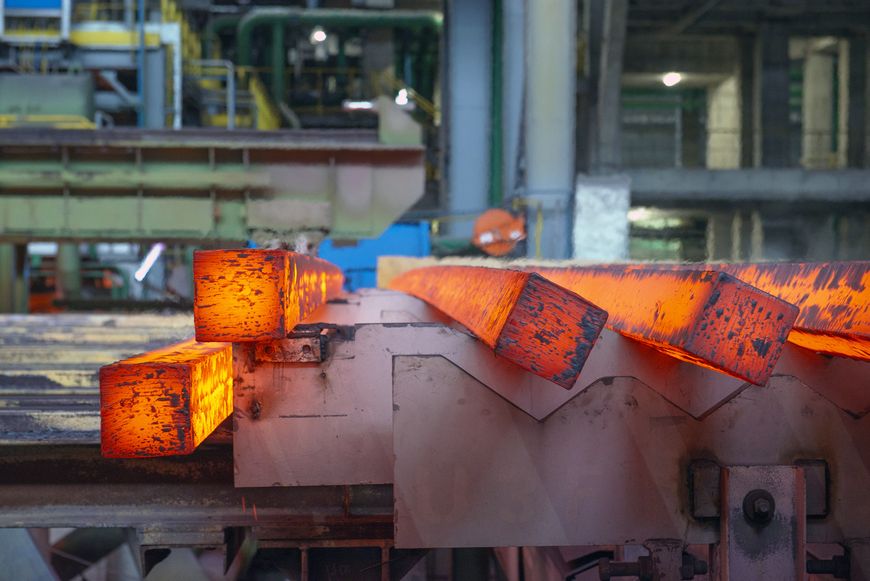
Heat treatments overview
Heat treating metals will alter its physical properties. It can increase its strength, ductility, toughness, hardness, and resistance to corrosion.
There are 3 common heat treatments:
- Annealing: The metal is heated to make it soft, then slowly cooled. Slow freezing of the microstructures makes for big, round grains of metal. This rids the metal of internal stress and make it more likely only dent or bend when it’s hit.
- Quenching: In this process, the metal is cooled quickly (often in a water or oil bath). This freezes the molecules quickly. Many small, jagged grains are created on the surface by the sudden reduction in temperature. The jagged edges of the grains interlace, making it the metal less likely to bend when hit: the surface is harder.
- Tempering: To reduce any excess hardness created through production or quenching, metal can be tempered by heating the metal to a specific temperature for a specific time depending on the properties you are trying to change.
Why temper steel?
Steel is tempered to give it the right material properties for its application. These can be:
- Reducing hardness while increasing toughness (a tough material resists chipping on impact, where a hard material resists indenting and will fracture before bending)
- Increased ductility (allowing it to change form without breaking)
- Increased resistance to wear and tear
- Increased machineability if the steel needs to be worked further
Tempered steel process
Before you temper steel, you will often quench the steel first, to harden it. Then the tempering temperature determines how much hardness you remove from the metal. The higher the temperature, the more hardness is removed. For example, hard tools are tempered at lower temperatures, while flexible springs are tempered at higher temperatures.
Steel is often heated in a gas, electrical resistance, or induction furnace with a vacuum or inert gas to prevent oxidation. Once the steel is heated to the specified temperature, you hold the temperature for a set amount of time depending on the type of steel and the mechanical properties you want to achieve.
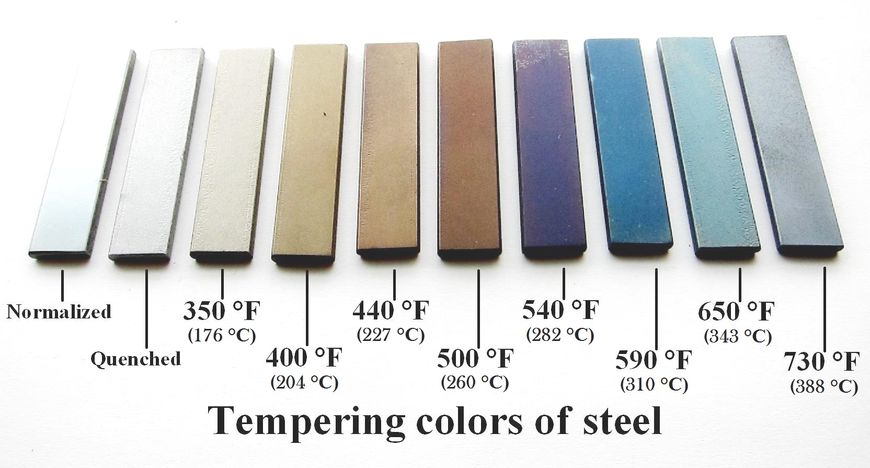
You don’t need a thermometer or temperature gun to know when it’s heated to the right temperature. Tempered steel changes to a transparent color depending on the temperature of the tempering. This color is formed by an oxide layer which forms on the surface. Higher temperatures create thicker layers of iron oxide, as do longer time frames spent in that temperature zone. This layer helps prevent the steel from corrosion.
The above image shows the different colours tempering steel makes on the metal:
- Starting on the left is Normalized Steel. This is steel that has been heated above its upper critical temperature and cooled in standing air.
- 2nd from the left is Quenched Steel. That’s steel that was cooled quickly.
- The next eight show the colours of tempered steel based on its temperature – 130F (176C) to 730F (388C)
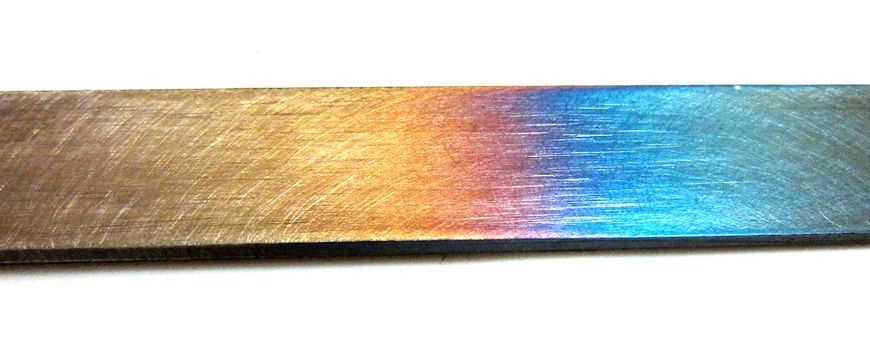
Examples of Tempered steel (by temperature/color):
| Faint Yellow | 176C / 349F | Engravers, razors, scrapers |
| Light Yellow | 205C / 401F | Rock Drills, reamers, metal cutting saws |
| Dark straw | 226C / 439F | Scribers, planer blades |
| Brown | 260C / 500F | Tapes, dies, bits, hammers, cold chisels |
| Purple | 282C / 540F | Surgical tools, punches, stone carving tools |
| Dark Blue | 310C / 590F | Screwdrivers, wrenches |
| Light Blue | 337C / 639F | Springs, wood cutting screws |
| Grey Blue | 371C / 700F | Structural steel |
What’s the difference between tempering steel and hardening?
Tempering steel and hardening steel give the same alloy different abilities.
Hardening steel makes it more rigid, and less likely to scratch or indent. However, this harder surface is more brittle. It won’t indent if it is hit, but if the impact force is too strong, it will fracture or chip. With tempering some hardness is lost for increased toughness. Toughness is the ability to withstand fracture or chipping, but the trade is that it’s more likely to scratch or indent.
Often you will harden the steel first, then temper the steel after to reach a specific hardness to toughness ratio.
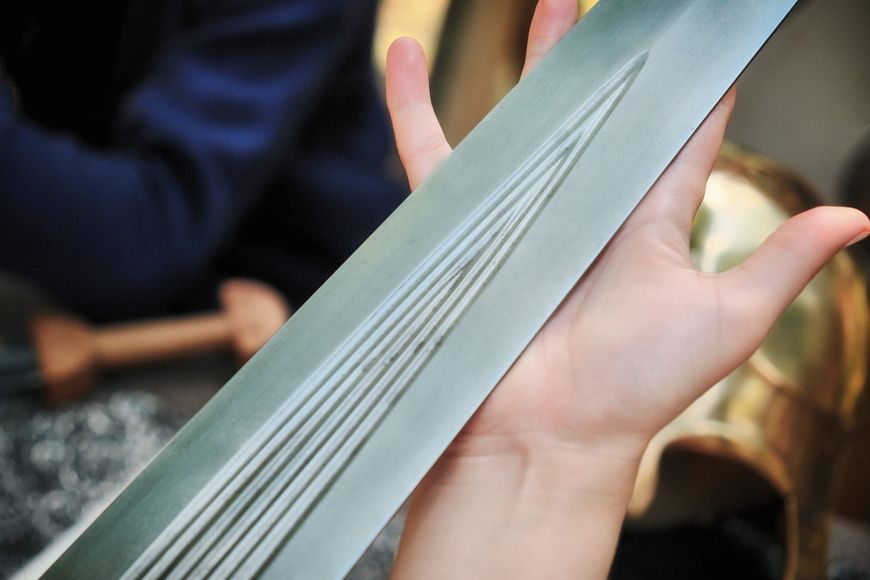
Heat treatments of swords and knives
Tempering is an important part of blade-smithing. Some of the best swords are created through a process called differential tempering. With a differential temper, a smith can create a very hard-edged blade with a softer, springier core in the center of the blade. This increases the toughness of the blade and prevents breakage.
In Japan, katanas were often differentially hardened or tempered by using applications of clay to help control the rate of change during quench and temper. Different thicknesses of clay could help control the rate of change.
In other differential tempering processes, heat is only applied to a portion of the blade (often the spine). The sword makers would watch the colour of the blade change as it radiates to the sharp edge. Once it nearly reaches the light-straw colour at the edge, they remove the heat.
Heat treatments and tempered steel in “modern” applications
Tempered steel is not just for knives and swords. It has real world applications in modern production. Tools are often tempered to be very very hard: quenching is part of the tool steel process for creating a hard working edge that withstands abrasion and indentation. Precision tools often need to keep this hard edge to stay within working tolerance. However, tempering may be necessary afterward for the integrity of the overall tool, to make it less brittle. Springs, structural steel, and other metal pieces that require specific material properties may also undergo heat treatment, either creating a consistent or differential temper depending on the material needs of the application.
Metal, as a crystal with a malleable microstructure, offers the materials scientist many ways to approach solving a problem with a savvy combination of alloy selection and heat treatment.


